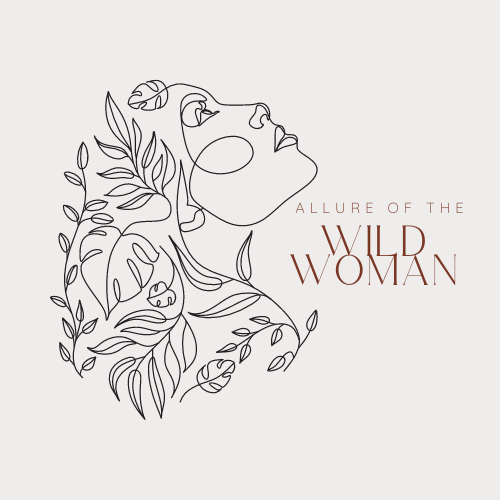These Are a Few of My Favorite Things...A Look at MicroTrends & American Consumerism
If I asked you what your favorite makeup product is, what would it be? The ten-year-old Naked palette that’s still your go-to for eyeshadow? That free Sephora blush that actually works better than anything else you’ve tried? I don’t know about you, but I tend to find my favorite products and stick with them until they stop working for me. If this is true, then why do I find myself wanting to buy every new product that’s recommended to me on social media?
Social media makes us believe that a life of over abundance is a necessity.
“If you like that shirt, why not buy it in every color?
There’s so many different lip plumpers, why not try one of each?
This new recommendation will absolutely change the way you do your makeup!
Your hair will never look the same after using this product.”
Brands don’t have to do their own marketing anymore, they have influencers working overtime to keep us shopping for the newest trends. But these trends come and go so quickly, by the time you buy something, the new thing to buy is already out. You’re destined to always be shopping the newest, trendiest thing, while always feeling like you’re just behind the curve.
Consumerism wasn’t invented by social media, however. It’s embedded into American culture and can be traced back all the way to the end of World War II. The end of the war signified a shift from consumers spending to indulge, to consumers spending to be good, patriotic citizens. “The good purchaser devoted to 'more, newer and better' was the good citizen” (The Rise of American Consumerism). This was because economic recovery depended on mass consumption by the general public. In contrast to earlier fears that overspending would lead to decadence, spending on items for the home was seen as an investment in family and traditional values. The government also saw consumerism as a way to downplay class differences while emphasizing traditional gender roles. Being able to buy material items to support your family was seen as a sign that you’ve made it, that you’re living the “good life.”
This idea of living a good life can be accompanied by a pressure to do things the “right way,” or the way everyone else is doing them. We don’t want to be the only one not moving to the suburbs or buying a peloton, or in this case, buying the curl cream that changed this influencer’s life. Many methodologies, which is a word I’m using very loosely here, are people assuming we come from the same socioeconomic background and have shared values, so what works for them will work for us. Instead of entrusting our purchasing power to a paid entity, such as an influencer, it should reside only within ourselves.
Take the idea of ‘healthy hair’, a concept created by product companies. Hair is dead, and pretty much always damaged. If you lighten it, use hot tools, rip it out with hair ties, brush while wet…and even aging itself, the hair will become more damaged, but this baseline of sleek, bouncy hair does not exist. Product companies created a pain point, then gave you a solution: buying their product. Most of the time you have great hair, you just need to trim those pesky deadends. But since we see commercials, influencers, and neighbors preaching a hair care routine that they swear by, we’re then convinced that the “right way” to do our hair is using the products they do, to ensure the same results. Without thinking about texture, lifestyle and overall end goals that are different from each other. What authority does this person have over the expertise and knowledge of what they’re selling?
Since World War II, and the consumerist ideology of a “good life” in America was introduced, I feel we’re less focused on purchasing to boost the economy, and more on keeping up with the elusive trends. This constant push to reach an optimal version of self through consumerism is harmful to ourselves. While I don’t condemn buying face moisturizer and hair care products, it’s the overconsumption that terrifies me. The energy spent on staying relevant to this cycle in general, could be redirected into other, more noble pursuits…of which I’ll let you decide what those may be. (Reading smut novels ;), walking in nature and discovering a new tea blend seem to be mine recently)
I enjoy a new shampoo or hair clip as much as the next person (probably even more given my profession), but the constant exposure and pressure to continue spending is something I could do without. Trends come and go, some faster than others, so make sure you’re buying with intention, because you like and want it, and not for fear of missing out on the hype.

